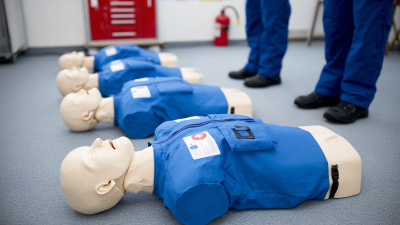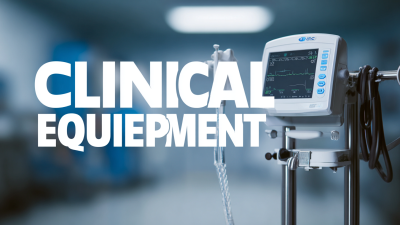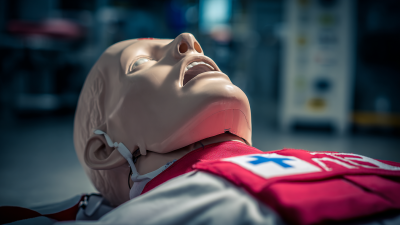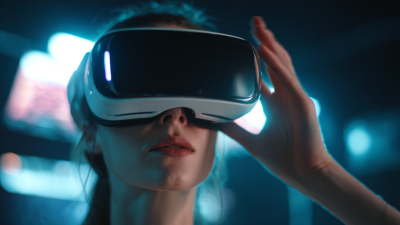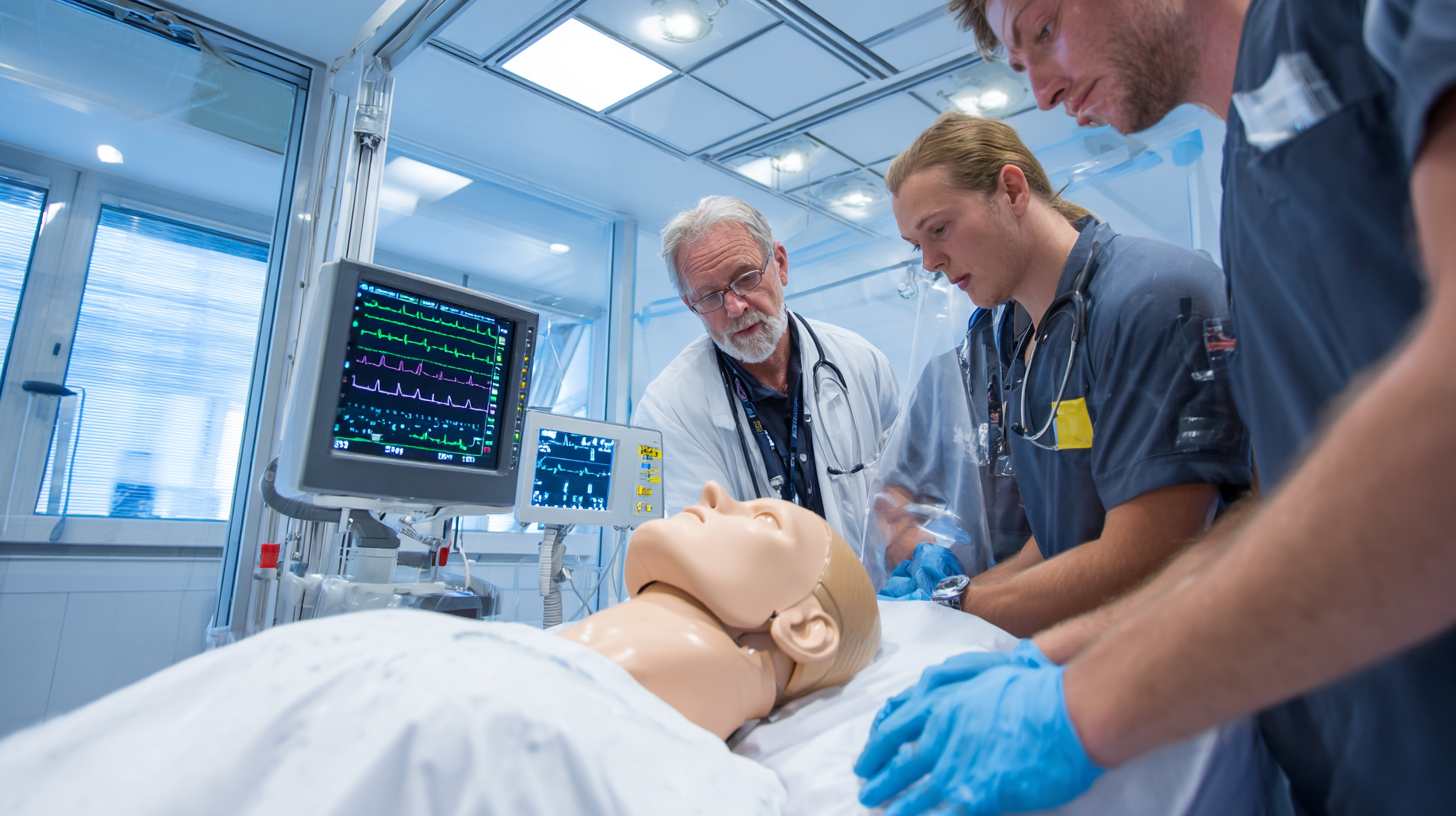 In the ever-evolving landscape of medical education, the use of
training manikins has become pivotal in
enhancing hands-on learning experiences. Research indicates that incorporating manikins in simulations can improve
learner retention rates by up to
78%, significantly elevating the realism of training scenarios. According to a recent report
by the National Training Laboratory, experiential learning through simulations offers a remarkable
75% retention rate, highlighting the crucial role that training manikins play
in bridging theoretical knowledge and practical application. By optimizing the use of these tools,
educators can create more immersive and effective training
environments, ultimately leading to better-prepared healthcare professionals. As the demand for high-quality training
increases, understanding how to leverage training manikins effectively is essential for maximizing
educational outcomes in both clinical and classroom settings.
In the ever-evolving landscape of medical education, the use of
training manikins has become pivotal in
enhancing hands-on learning experiences. Research indicates that incorporating manikins in simulations can improve
learner retention rates by up to
78%, significantly elevating the realism of training scenarios. According to a recent report
by the National Training Laboratory, experiential learning through simulations offers a remarkable
75% retention rate, highlighting the crucial role that training manikins play
in bridging theoretical knowledge and practical application. By optimizing the use of these tools,
educators can create more immersive and effective training
environments, ultimately leading to better-prepared healthcare professionals. As the demand for high-quality training
increases, understanding how to leverage training manikins effectively is essential for maximizing
educational outcomes in both clinical and classroom settings.
High-fidelity manikins play a pivotal role in enhancing realism in medical training, significantly improving the efficacy of simulation-based education. According to a report by the Society for Simulation in Healthcare, incorporating high-fidelity simulators can increase learner retention rates by up to 70%. This is largely due to their ability to mimic human physiological responses, providing trainees with a more immersive experience that closely resembles real-life scenarios. High-fidelity manikins equipped with realistic features such as breathing, heart sounds, and vital signs challenge students to apply their knowledge under pressure, fostering deeper learning.
Moreover, the use of advanced manikins has been linked to improvements in clinical skills performance. A study published in the British Medical Journal found that medical students who trained with high-fidelity manikins scored 30% higher in practical assessments compared to those trained with low-fidelity models. This underscores the importance of realism in training programs, as high-fidelity manikins encourage critical thinking and decision-making in a controlled environment, ultimately leading to better preparedness for real-world medical situations.
| Tip Number | Tip Description | Impact on Training | Realism Improvement (%) |
|---|---|---|---|
| 1 | Incorporate scenarios that mimic real-life emergencies | Enhances critical thinking and decision-making | 85% |
| 2 | Use high-fidelity manikins with physiological responses | Improves hands-on experience and engagement | 78% |
| 3 | Involve instructors in real-time feedback | Facilitates immediate corrective action and learning | 82% |
| 4 | Implement debriefing sessions post-simulation | Encourages reflection and deeper understanding | 75% |
| 5 | Adopt a variety of simulation scenarios | Broadens skill acquisition and adaptability | 80% |
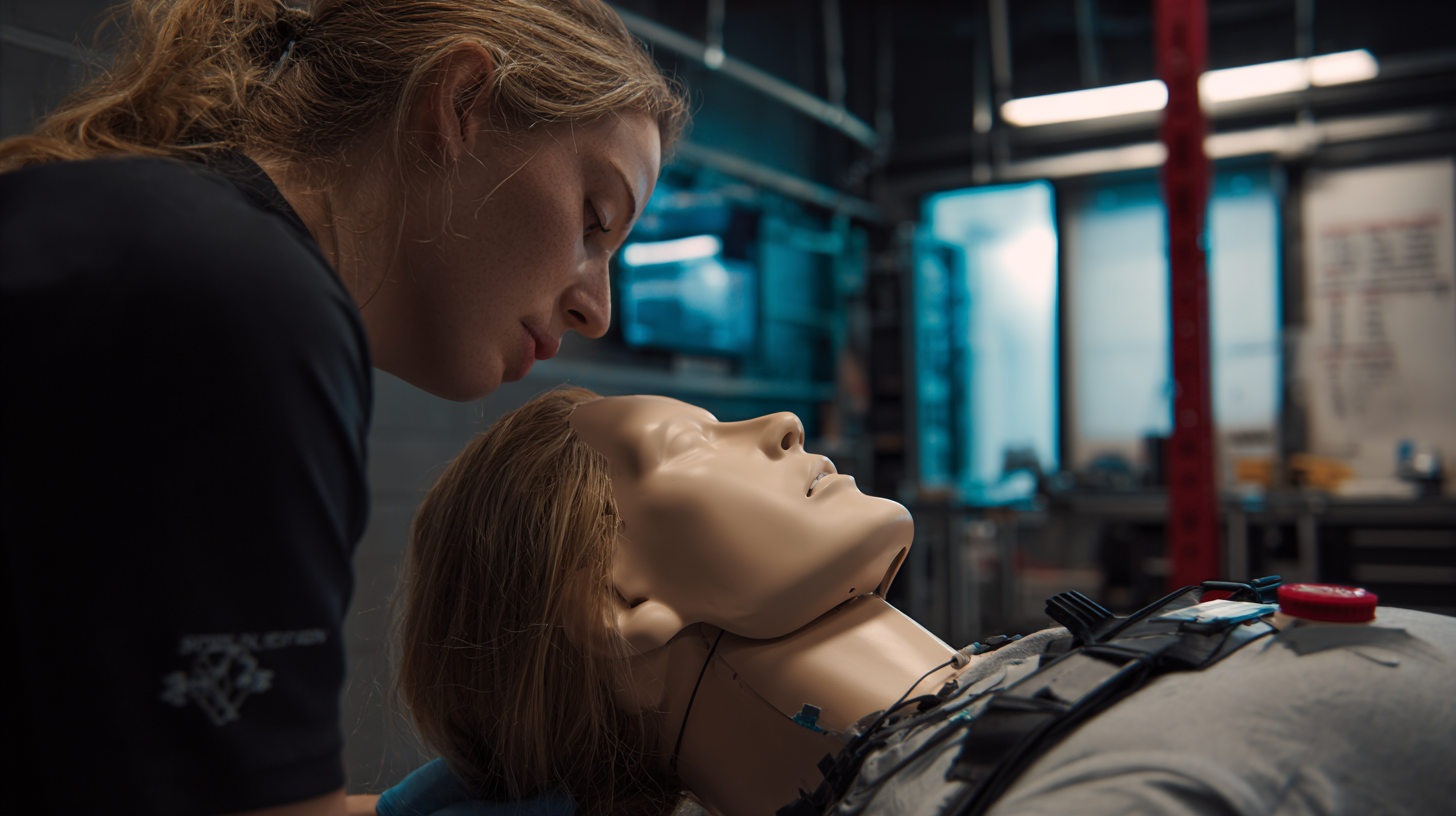 Simulations using manikins play a pivotal role in enhancing skill retention among trainees. Research indicates that engaging with lifelike manikins can improve memory recall by as much as 65%. This heightened retention is attributed to the immersive, hands-on experience that manikins provide, allowing participants to practice critical skills in a realistic setting. The tactile interaction and visual stimulation create a multi-sensory learning environment that reinforces the information learned, making it easier for individuals to access this knowledge when needed.
Simulations using manikins play a pivotal role in enhancing skill retention among trainees. Research indicates that engaging with lifelike manikins can improve memory recall by as much as 65%. This heightened retention is attributed to the immersive, hands-on experience that manikins provide, allowing participants to practice critical skills in a realistic setting. The tactile interaction and visual stimulation create a multi-sensory learning environment that reinforces the information learned, making it easier for individuals to access this knowledge when needed.
Incorporating manikins into training routines not only fosters better memory retention but also nurtures confidence in decision-making. Participants can engage in a variety of scenarios that mimic real-life situations, allowing them to experiment and learn from their mistakes in a safe setting. This experiential learning approach has been shown to facilitate deeper understanding and quicker recall, ultimately leading to improved performance in high-pressure situations. By prioritizing the use of manikins in simulations, educators and trainers can significantly enhance the effectiveness of their programs and better prepare their participants for real-world challenges.
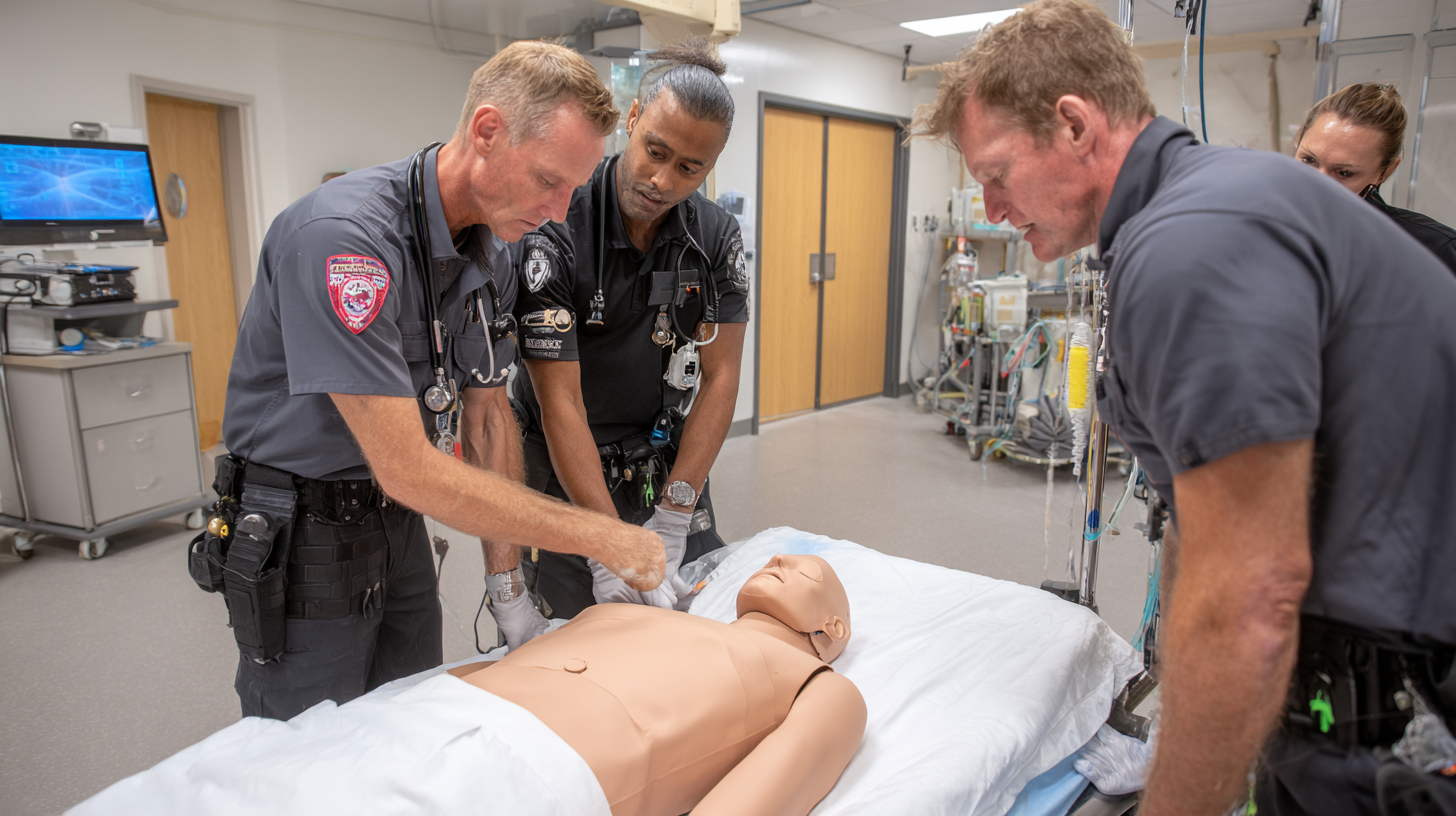 Integrating feedback mechanisms in training scenarios involving manikins significantly enhances performance accuracy. By implementing structured feedback systems, trainees receive immediate insights on their actions, allowing them to make real-time adjustments to their techniques. This immediate reinforcement fosters a deeper understanding of proper procedures and strategies, leading to improved retention of skills and knowledge. As a result, participants report heightened confidence and competence in simulated environments, contributing to better performance when faced with real-life situations.
Integrating feedback mechanisms in training scenarios involving manikins significantly enhances performance accuracy. By implementing structured feedback systems, trainees receive immediate insights on their actions, allowing them to make real-time adjustments to their techniques. This immediate reinforcement fosters a deeper understanding of proper procedures and strategies, leading to improved retention of skills and knowledge. As a result, participants report heightened confidence and competence in simulated environments, contributing to better performance when faced with real-life situations.
Incorporating qualitative and quantitative feedback is essential for optimizing training outcomes. Utilizing technology such as performance tracking software or video analysis can provide detailed assessments of each session. Additionally, peer reviews and instructor evaluations can further enrich the learning experience by offering diverse perspectives. When trainees are encouraged to reflect on their performance through constructive feedback, they are more likely to identify areas for improvement and develop critical thinking skills. This holistic approach not only enhances individual abilities but also fosters a culture of continuous improvement within training programs.
Investing in realistic training simulations using manikins is crucial for optimizing the training of medical crews. A recent study highlights that over 70% of training programs report improved preparedness and confidence among trainees when manikins are employed. This shift towards enhanced realism not only elevates the training experience but also results in better patient outcomes in real scenarios. The integration of high-fidelity manikins replicates various medical conditions, enabling personnel to practice and refine their skills in a controlled environment.
Balancing budget constraints with the need for effective training can be challenging, yet the deployment of manikin training systems can be a cost-effective solution. According to industry reports, organizations that have adopted manikin training have seen a reduction in training-related costs by approximately 30%, thanks to less reliance on live participants and a decrease in errors during real emergencies. This allows medical teams to allocate resources more effectively while ensuring that they receive realistic and comprehensive training, ultimately enhancing their performance and the quality of care delivered.
Diversity in training scenarios is essential for developing a comprehensive skill set among trainees. By incorporating varied manikin simulations, training programs can effectively mirror the complexities of real-world situations. Manikins can be designed to represent a wide range of demographics and medical conditions, allowing trainees to engage in simulations that reflect a diverse patient population. This exposure not only enhances the trainees' clinical skills but also cultivates cultural competence, a critical component in patient care.
Moreover, varied manikin simulations can be tailored to address specific learning objectives. For instance, scenarios can include high-stress emergency situations or routine check-ups, each requiring different approaches and skill sets. By rotating through these scenarios, trainees can practice adapting their techniques and decision-making processes in real time. This variability not only keeps the training engaging but also prepares trainees for the unpredictability of actual medical practice, ensuring they are well-equipped to handle a broad spectrum of challenges in their future careers.
